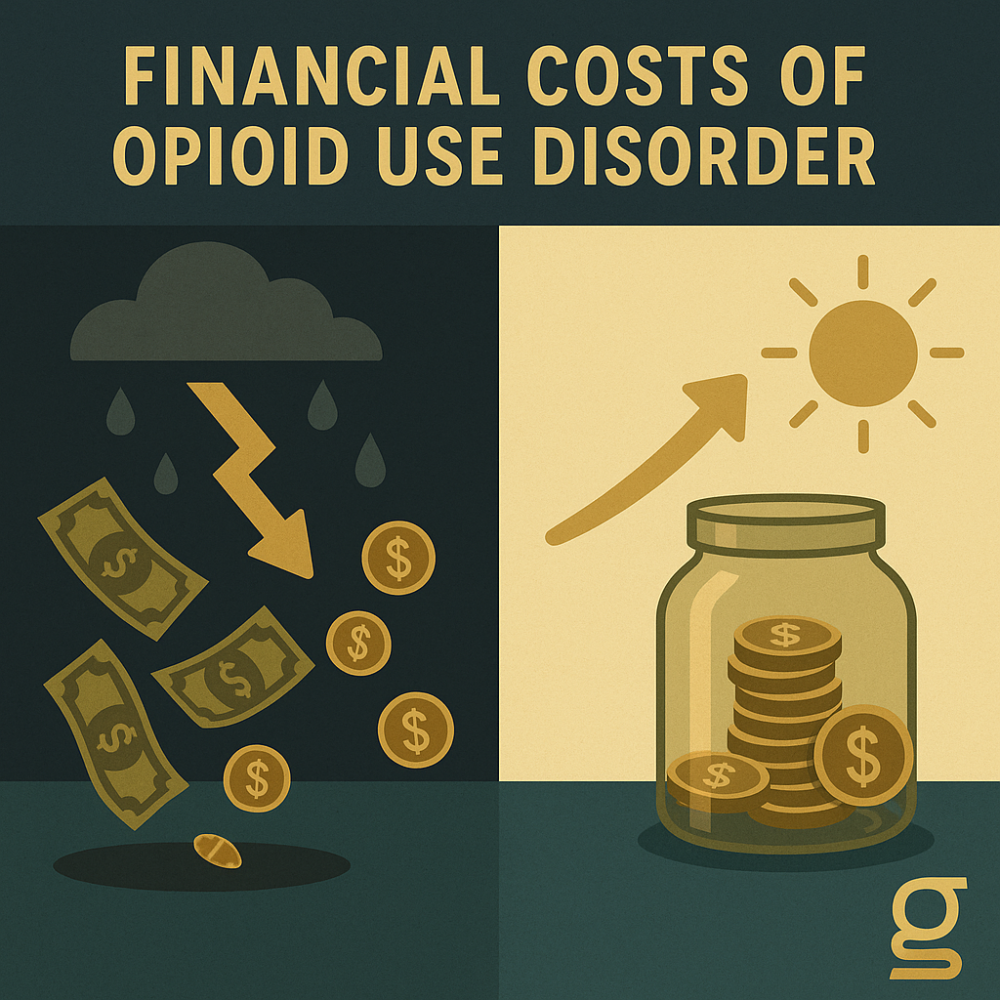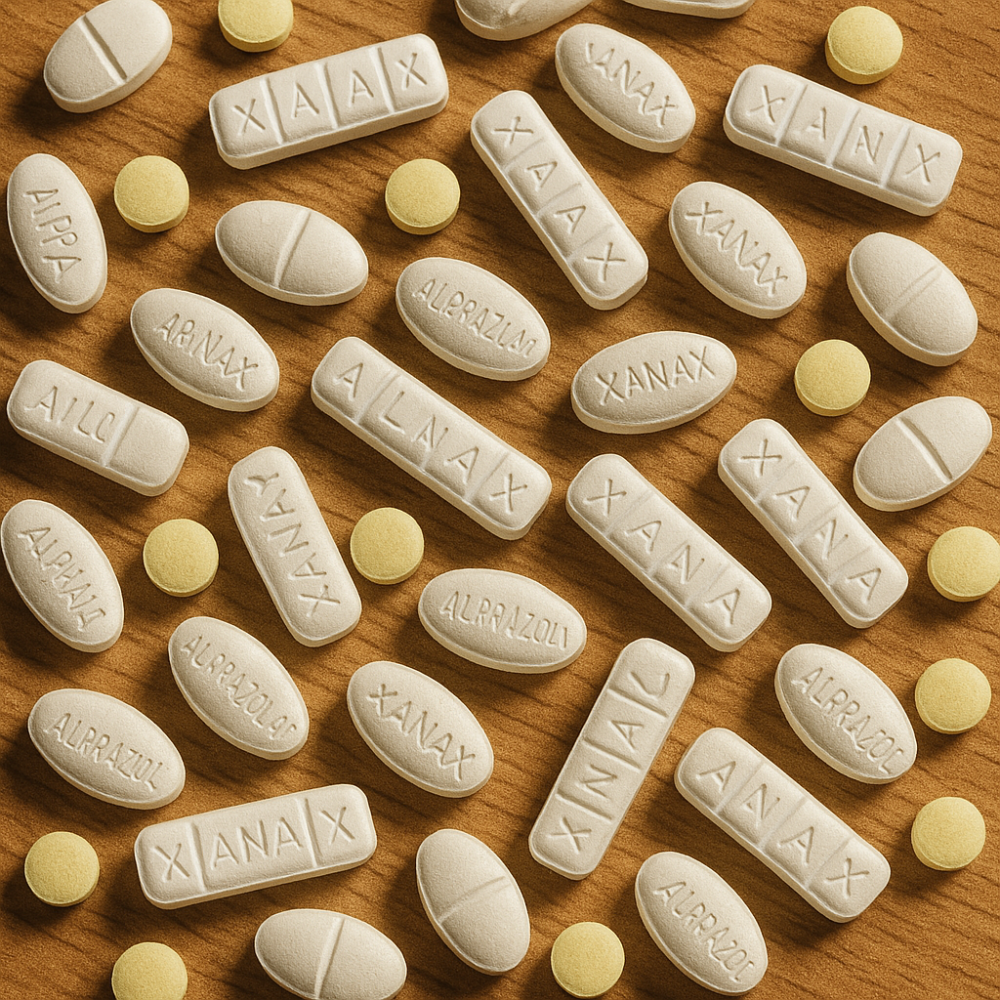It’s a well-known fact that the United States is amid an incredibly dangerous opioid crisis. Fentanyl, a synthetic opioid that was originally developed for medical pain management, is recognized as the leading cause of overdose deaths in the US.
Fentanyl has devastated thousands of affected families and continues to do so at an alarming rate. According to the CDC, the death toll caused by fentanyl was calculated to be 57,834 in 2020 and soared as high as 71,238 in 2021.[1]
One of the primary concerns related to the danger of fentanyl is its potency. The DEA reports that a dose as low as 2 milligrams of pure fentanyl is considered to be a lethal dose. Of the illegal pills the DEA has seized, nearly half of all fentanyl pills include at least that size dose.
Further, the danger is revealed in other numbers as well. Fentanyl is the leading cause of death in people ages 18-49 in the US. From 2013 to 2017, there were more deaths due to fentanyl and synthetic-opioid overdoses than there were military-related deaths from the combined numbers of the Vietnam, Iraq, and Afghanistan wars.[2]
Here is everything you need to know about the dangers and effects of fentanyl use.
Fentanyl Facts
Fentanyl is a synthetic opioid approved by the Food and Drug Administration (FDA) for use as an analgesic (pain relief) and anesthetic. It is up to 50 times more potent than heroin and as much as 100 times more potent than morphine making it an incredibly effective, albeit dangerous, painkiller.
What Does Fentanyl Look Like?
There are two different types of fentanyl, pharmaceutical fentanyl and illegally manufactured fentanyl. Though vastly different in makeup and use, both substances are considered synthetic opioids.
Pharmaceutical-grade fentanyl was created to treat severe pain and is most commonly prescribed after a surgical operation or to make cancer patients more comfortable.
In its crystalline white powdered form, fentanyl looks like any other illicit substance. It is commonly mixed with other illicit substances, such as methamphetamines or heroin, and encapsulated to resemble other prescription opioid pills. While fentanyl-laced drugs are extremely dangerous, it is possible for users to be unaware that their pills are laced with dangerous substances.
Fentanyl is also manufactured in liquid form and can be applied via nasal sprays or eye drops. It can also be dripped onto pain patches or other surfaces, making contact a potential source of consumption or accidental overdose.[3]
Street Names
Whether prescription or illicit, fentanyl goes by many different names on the street. The DEA reports some of the common street names to include:[4]
● Apace
● Blues
● China Girl, China Town, and China White
● Dance Fever
● Fentapill
● Friend
● Goodfellas
● Great Bear
● He-Man
● M30s
● Poison
● Tango & Cash
How Is Fentanyl Used?
Fentanyl uses vary depending on the intent and how it was obtained. Pharmaceutical fentanyl is a synthetic prescription opioid used to treat severe pain and chronic pain. The counterfeit pills and powders on the street are crudely manufactured in illegal clandestine labs.
Commonly, people use Fentanyl in counterfeit pressed pills or in a powder. These pills or powder can be swallowed, snorted, or injected. Enforcement agencies have found the presence of Fentanyl in many types of fake pressed pills that are not easily distinguished from real medications. These pills include fake Xanax, OxyContin, Adderall, Percocet, etc.
In the healthcare environment, fentanyl is used both for sedation and as a painkiller and is either injected, administered via a pain patch, or via a nasal spray. In other scenarios, it can be snorted, sniffed through nasal sprays, smoked, taken orally by pill or tablet, and dripped onto blotter paper or a patch for contact consumption.
Pain patches are the most common form of fentanyl prescribed for pain management. These are not commonly misused and the majority of the supply on the street is the illegally produced and distributed version. The gel contents are removed, liquified, and injected or taken orally after being frozen, cut into pieces, and placed under the tongue or in the cheek cavity to melt.[5
How Does Fentanyl Use Affect The Brain?
Fentanyl works by binding to the body’s opioid receptors in the parts of the brain that control pain and emotions. This is what makes it an effective analgesic or painkiller in the prescription healthcare environment.
The Centers For Disease Control And Prevention (CDC) warns that one’s blood pressure dangerously decreases with each use. Due to these effects, it’s a highly addictive substance that can lead to opioid overdose, cardiac arrest, unconsciousness, coma, and even death.
Side Effects of Fentanyl Use
The side effects of opioid use are widespread and destructive. Moreover, each use increases the risk of a fatal overdose due to the high potency of fentanyl.
Short-Term Side Effects
Fentanyl’s effects include feelings of euphoria, relaxation, drowsiness, nausea, pain relief, confusion, constipation, sedation, tolerance, pupillary constriction, and urinary retention.[6]
Long-Term Side Effects
As a prescription painkiller, fentanyl is not intended for long-term use other than in the case of end-of-life comfort.
Some of the long-term side effects include easy fracturing, chronic and severe constipation or bowel obstruction, breathing problems during sleep, heart attack and heart failure, immune system suppression, hormonal and reproductive issues in both men and women, anxiety, depression, and other mood disorders, central nervous system (CNS) depression, and respiratory depression.[7]
Why is fentanyl so dangerous?
Fentanyl’s high potency makes it a highly dangerous opioid, prescription or otherwise. This substance is fifty to one hundred times stronger than other substances, such as methamphetamines and heroin.
A mere 2mg (two milligrams) is considered a lethal dose, and it only takes one dose of fentanyl to lead to powerful cravings. These effects can easily lead to addiction and dramatically increase the risk of overdose deaths, especially accidental deaths.
Dangers of Combining with Other Drugs
Because fentanyl is a synthetic opioid that is inexpensive to produce, it gets mixed with more expensive drugs or prescription medications, like heroin, cocaine, Xanax, methamphetamine, and MDMA. Fentanyl is used to “cut” those other substances and make them go farther. This is primarily in an illicit or illegal drug environment.
This reduces the overall cost of the more expensive drugs, but it also increases the deadly potency of those substances. Combined drugs are much more likely to lead to overdose due to unskilled manufacturing and uncertain dosage.
Fentanyl and Overdose
People can easily ingest a lethal dose of Fentanyl without even being aware that they are ingesting the powerful opioid at all, especially when it is unknowingly laced in with other drugs.
Symptoms of a fentanyl overdose are easily spotted and include:
● Cold, clammy skin
● Unconsciousness or decreased level of consciousness (also known as DLOC)
● Blue skin discoloration
● Dilated or constricted pupils
● A coma-like state
● Respiratory failure
If you believe you or a loved one may be experiencing an overdose, immediately contact emergency medical services and dial 911.
If it’s available, administer naloxone. Attempt to keep the patient awake and breathing and lay them on their side in order to prevent choking or aspiration. Don’t leave them alone until emergency care can take over.
Overdose Prevention
It’s imperative to treat a potentially lethal dose of fentanyl or overdose symptoms quickly.
Naloxone is a prescription medication that is also available over the counter through some pharmacies and community help organizations. The medication works rapidly to block or reverse the effects of opioids in the brain. It can be administered via a nasal spray or through an auto-injector similar to an Epipen.
What is the difference between Narcan and Naloxone?
Narcan is the brand name for the drug or active ingredient, naloxone. Narcan was the first drug approved by the FDA to reverse opioid overdoses. Today, there are several other formulas and brands for naloxone, but many patients and first responders still refer to the drug by the familiar brand name of “Narcan.”
Fentanyl FAQs
How Long Does Fentanyl Stay in Your System?
The length of time any substance can be detected largely depends on the type of substance, dose, and application method. However, healthcare and pharmaceutical experts agree that traces of fentanyl can remain in your system for far longer than its effects will last.
Standard urine drug testing can detect fentanyl for 24 to 72 hours, while blood sample drug testing can detect the substance between 5 to 48 hours later. Hair and saliva testing could still reveal fentanyl overdose up to 3 months later, but this cannot be detected consistently.
Can fentanyl be absorbed through your skin?
While skin absorption isn’t likely to lead to lethal toxicity, it’s not safe to take chances with substances of unknown potency. If your skin is exposed to fentanyl, don’t touch your face, smoke, eat, or use the bathroom before a thorough wash with soap and water.
It’s also important to note that alcohol-based hand sanitizers and bleach cannot effectively remove opioids from the skin and could, in fact, increase skin absorption. Officially, the CDC reports that fentanyl can be absorbed into the body in several ways:
● Inhalation
● oral exposure or ingestion
● skin contact
Though fentanyl is safely administered via IV, muscle injection, or as a skin patch in a hospital environment, it is possible for other methods to lead to accidental overdose in an illegal or street-use setting.[8]
How can a fentanyl overdose be treated?
The best way to treat a potential overdose is with immediate Narcan or naloxone application. Call emergency medical services right away and seek professional addiction treatment as soon as it is safe to do so.
Seek Fentanyl Addiction Treatment Today
Fentanyl is a highly addictive and dangerous substance that requires a skilled and evidence-based approach for effective treatment. Gallus Medical Detox prioritizes patients’ comfort and safety as they are guided through the detox and recovery process. Contact us today to get started.
Sources:
[1]Centers for Disease Control and Prevention. (2022, May 11). U.S. overdose deaths in 2021 increased half as much as in 2020 – but are still up 15%. Centers for Disease Control and Prevention. Retrieved December 29, 2022, from https://www.cdc.gov/nchs/pressroom/nchs_press_releases/2022/202205.htm
[2]Fentanyl. DEA. (n.d.). Retrieved December 29, 2022, from https://www.dea.gov/factsheets/fentanyl
[3]Home | dea.gov. (n.d.). Retrieved December 29, 2022, from https://www.dea.gov/sites/default/files/2020-06/Fentanyl-2020_0.pdf
[4]Fentanyl. DEA. (n.d.). Retrieved December 29, 2022, from https://www.dea.gov/factsheets/fentanyl
[5]Home | dea.gov. (n.d.). Retrieved December 29, 2022, from https://www.dea.gov/sites/default/files/2020-06/Fentanyl-2020_0.pdf
[6] U.S. Department of Health and Human Services. (2022, December 28). Fentanyl drugfacts. National Institutes of Health. Retrieved December 29, 2022, from https://nida.nih.gov/publications/drugfacts/fentanyl
[7]U.S. Department of Health and Human Services. (2022, December 28). Fentanyl drugfacts. National Institutes of Health. Retrieved December 29, 2022, from https://nida.nih.gov/publications/drugfacts/fentanyl
[8]Fentanyl safety information for first responders. (n.d.). Retrieved December 29, 2022, from https://www.vdh.virginia.gov/content/uploads/sites/23/2018/01/Fentanyl-FAQ-opioid-exposure-among-va-first-responder-survey.pdf


 Steve B
Steve B 

 Casey Wilson
Casey Wilson